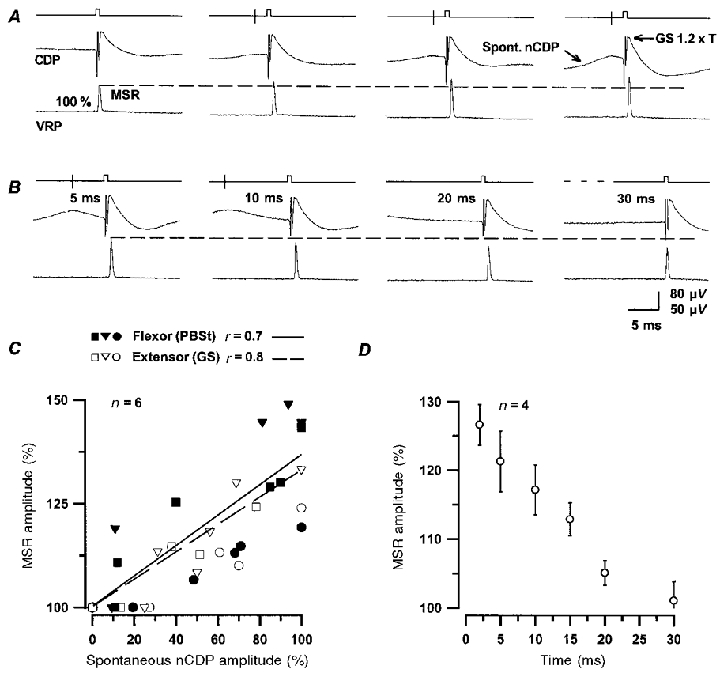Figure 8. Facilitation of monosynaptic reflexes during the occurrence of spontaneous nCDPs.

A, changes in GS monosynaptic reflexes preceded at a fixed time interval by spontaneous nCDPs of increasing amplitudes. First set of traces are reflexes that were not preceded by spontaneous nCDPs for at least 2 s (control). B, same, but MSRs were generated at different time intervals after the occurrence of spontaneous nCDPs of fixed amplitude, as indicated. In all cases the GS nerve was stimulated with pulses of 1.2T strength. Note facilitation of MSRs. C, facilitation of flexor (PBSt, filled symbols) and extensor (GS, open symbols) MSRs versus amplitude of the ‘conditioning’ spontaneous nCDPs in 6 experiments (indicated by different symbols). Abscissa, amplitude of the spontaneous nCDPs, expressed as a fraction of the largest averaged potential in each particular series (100 %). Ordinates, amplitude of MSRs as a percentage of control (100 %). Continuous and interrupted lines, best linear fits for flexors and extensors, respectively. Coefficients of correlation (r) are shown above the panel. D, time course of facilitation of GS MSRs produced during the occurrence of the spontaneous nCDPs. Data taken from 4 different experiments. Abscissa, time relative to the peak of the ‘conditioning’ spontaneous nCDPs. Vertical bars, s.d. Trigger signal (vertical line) and the stimulating pulse are illustrated by the upper traces in A and B.
